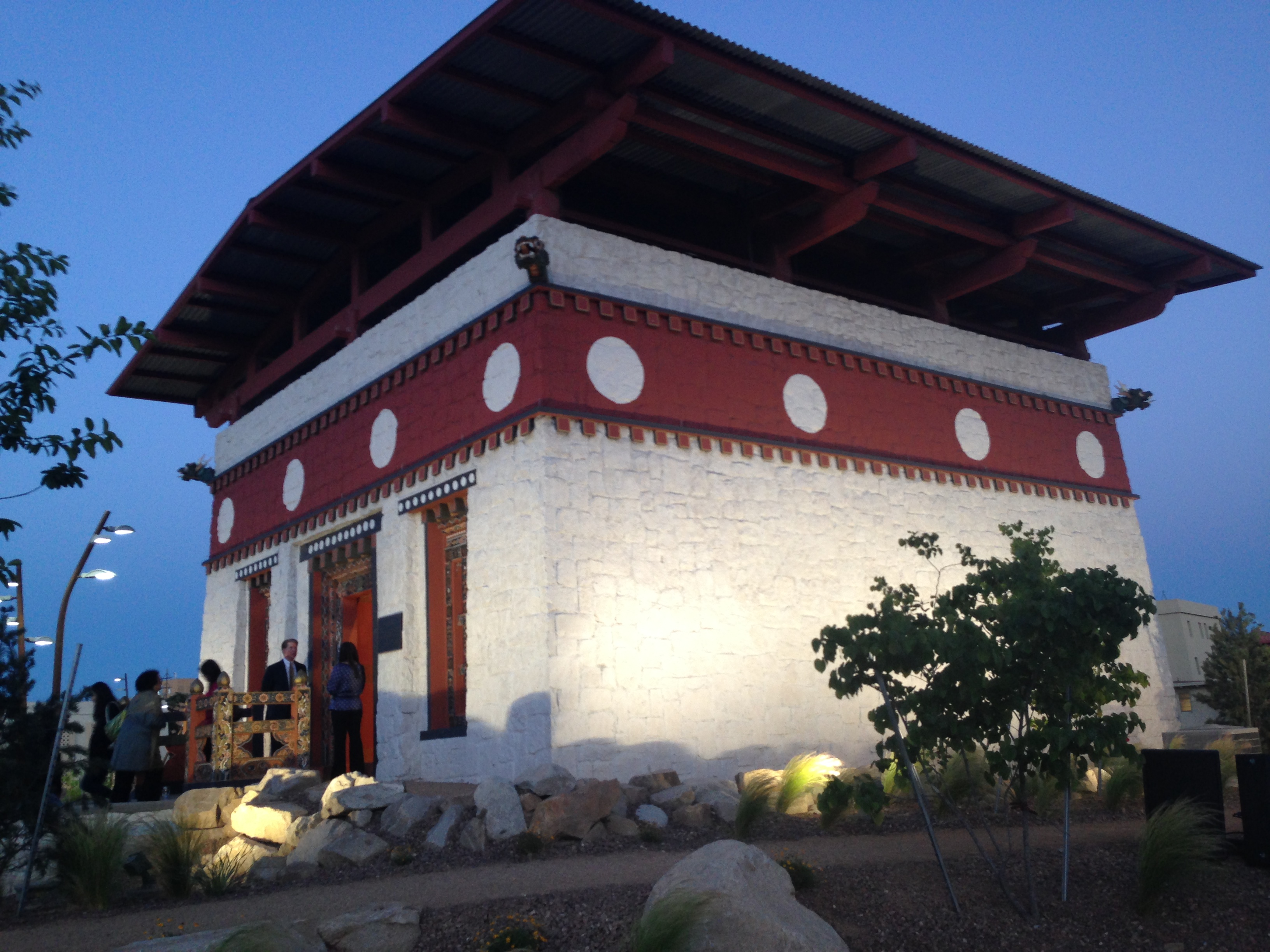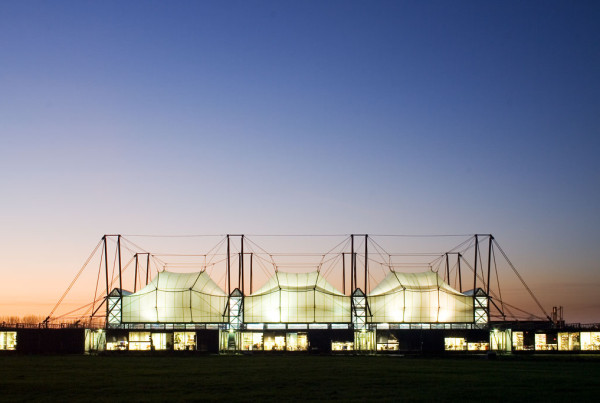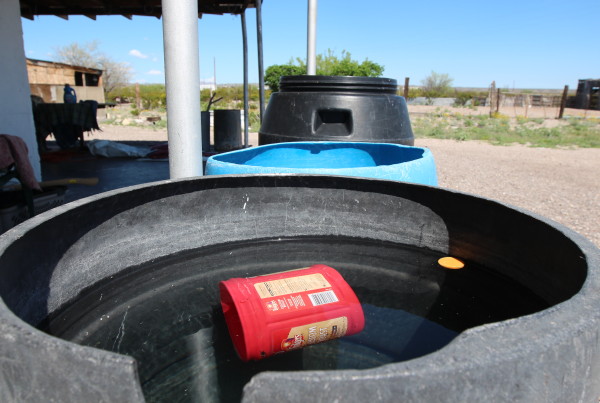On Saturday, the wraps came off a $22 million dollar renovation project at the heart of the University of Texas El Paso that’s been years in the making.
The 16-acre park boasts an unusual artifact that can be found in only one other place on earth: an authentic, 40×40 foot Bhutanese structure called a lhakhang.
Even before the official ribbon-cutting, people were lining up outside this curious-looking building perched on a hill at the edge of the new park.
“I’ve been waiting for this day, waiting to see what’s inside, and it’s an amazing thing,” says Victor Santana-Melgoza, a graduate student, a native of El Paso.
Anywhere else besides the tiny, remote Himalayan kingdom, this building might seem out of place.
But every single structure on this 366-acre campus, from the library to the Centennial Museum to the guard shacks, is built in a style similar to that of the remote nation of Bhutan.
The school’s unique heritage dates back to 1914, when National Geographic magazine published the first article ever published about Bhutan. The wife of the school’s first president was enchanted by the photographs of the remote country, and asked her husband to mimic its unique architectural style.
David Williams is an attorney and alumnus of UTEP. “I graduated in 1973,” Williams says. “The only thing I knew about UTEP was was the (1966) Texas Western Championship Basketball team.
Today, UTEP’s students are encouraged to be a bit more in touch with the school’s history, thanks in part to the efforts of president Dr. Diana Natalicio.
The presence of the structure, she said during a Friday night preview, “reinforces UTEP’s promise to support free inquiry and the unimpeded quest for knowledge and understanding.”
The lhakhang was originally built for the 2008 Smithsonian Folklife Festival and was intended to be temporary. The government of Bhutan gave the component parts, including intricate woodwork and detailed painting rarely seen outside the Kingdom, to UTEP as a symbol of their long-standing connection.













